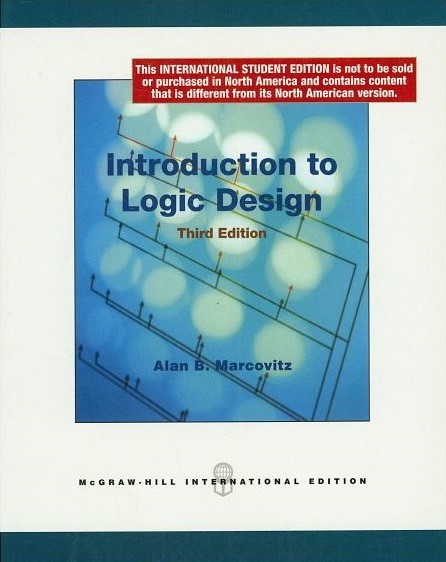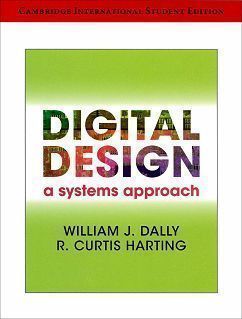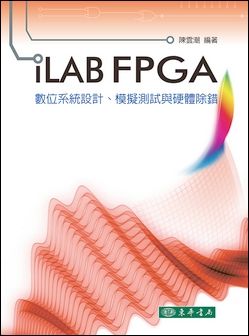書籍分類

Digital Principles and Design
作者:Donald D. Givone
原價:NT$ 1,440
ISBN:9789814577540
版次:1
年份:2003
出版商:McGraw-Hill
頁數/規格:702頁/平裝雙色
版次:1
年份:2003
出版商:McGraw-Hill
頁數/規格:702頁/平裝雙色
內容介紹 本書特色 目錄 作者介紹
- Description
This exciting first edition provides more depth than existing digital design books, using a traditional approach to the subject. Digital Principles and Design contains introductory material in digital principles with emphasis on logic design, as well as more advanced material. With the exception of the digital circuits appendix, it assumes no background on the part of the reader. The text can be used by readers in computer science, computer engineering and electrical engineering.
The emphasis in the book is on the thorough presentation of basic principles of logic design and the illustration of these principles. While many introductory texts only provide the mechanics of classical logic design, Givone provides justifications behind these procedures to give students the understanding they need for the advanced topics they will learn about in subsequent courses. Some of the topics that the book thoroughly presents include: the simplification of Boolean expressions with Karnaugh maps, variable-entered Karnaugh maps, and the analysis and design of both clocked synchronous sequential networks and asynchronous sequential networks.
Every book contains a CD-ROM with Altera's advanced MAX+plus II 10.1 Student Edition CAD system, as well as Multisim 2001 Textbook Edition from Electronics Workbench. An appendix and the book website provide additional resources on these software tools, as well as LogicWorks.






